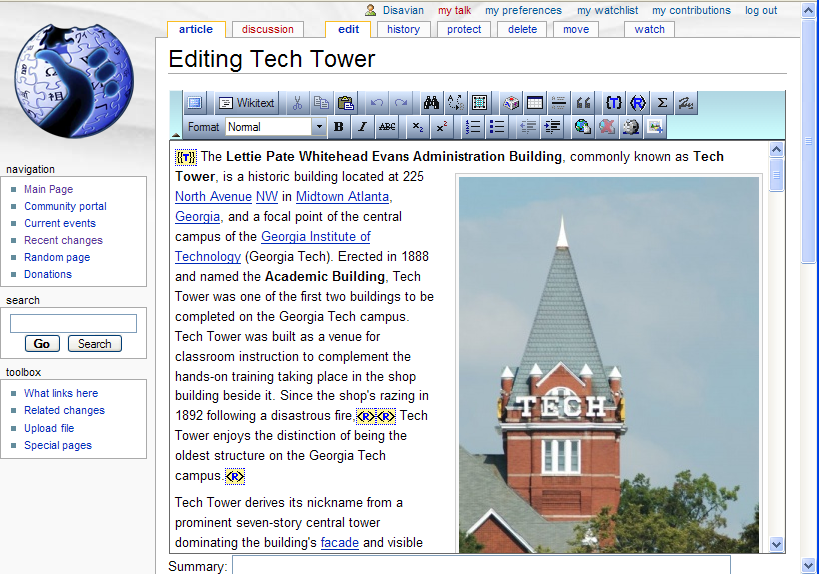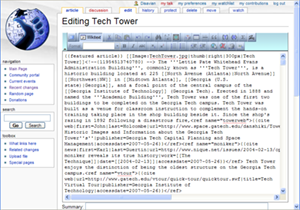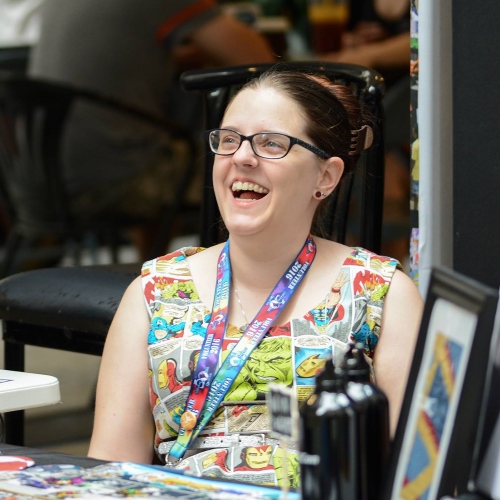This page is a record of some of my research papers and projects, as well as some of the software development projects I’ve worked on.
Papers and presentations
During both my undergrad and in grad school, much of my research, the papers I wrote and the presentations I gave either explored interactions between technology and policy or were meant to explain technological issues to a non-technical audience. Here, I have included the results of some of my larger projects.
Master’s capstone – “Analysis of Utah’s Congressional Districts Using an Algorithmically-Generated Model: A Case Study” (December 2010)
This paper is the result of my work with Project Redistrict, a part of Georgia Tech’s Vertically Integrated Projects e-Democracy research group.
ABSTRACT: Since the issue of redistricting was found to be justiciable in 1962, computer-assisted redistricting has been seen as the most ideal solution to the need for an optimal means to redraw the lines of electoral districts. Scores of algorithms have been developed for this purpose, most of which adhere to the generally accepted basic criteria of population equality, compactness and contiguity. The primary purpose of much of the research in the area of algorithmic redistricting is to remove bias from the process to prevent the practice of gerrymandering in order to ensure equal representation and fair elections.
This study will focus primarily on an interim model Congressional district map of Utah generated by an early version of these algorithms. The analysis of these results is primarily intended to examine qualitative policy implications related to any changes suggested by the system and make recommendations as to the direction any future development of the system should take. Secondarily, this study is intended to explore the partisan political impact of various redistricting possibilities in anticipation of Utah gaining a fourth seat in the House of Representatives in 2012 by examining the current three-district models in geographic, political and historical contexts.
MEMORANDUM – Network Neutrality: Final Assessment and Recommendations for Addressing the Regulation of Broadband (April 2010)
Presentation – Evil Geniuses: How organized cybercriminals could take over the world (October 2009)
This presentation was given as part of the requirements for my Information Security Policies and Practices class. The aim was to provide an overview and briefing of an issue related to information security to a professional, but not overly technical, audience.
Bachelor’s capstone – “Broadband Penetration and Voting Patterns: The Impact of High-Speed Internet Availability on Voter Registration, Turnout and Ideology” (April 2008)
ABSTRACT: Various studies have suggested that the greater the broadband penetration in a country, the more “democratic” that society becomes in terms of public participation. This study aims to examine broadband penetration in the United States and how “known quantities” of public participation and political ideologies are affected by broadband penetration into various regions in the U.S. Public participation can most simply be measured by voter registration and election turnout rates by state. Likewise, political ideologies can be measured to a reasonable extent through election returns. This simplistic approach to the issue does not so much try to explain“why” or “how” certain correlations may exist between broadband penetration and certain voting patterns, but rather it seeks to understand what those relationships are.
While studies have been conducted on relationships between internet use and public participation, in general, little has been done to examine public participation specifically through the scope of broadband, which is arguably different in kind from other sorts of access. This is chiefly because data on broadband penetration has only been reliably kept and reported since 2000. It turns out that the relationships between broadband penetration and voting patterns are quite complex, varying depending upon whether it is a presidential or midterm congressional election and whether the relationship is examined within a discrete year or over a period of time. The relationships demonstrate that broadband penetration is definitely a factor in certain voting patterns, particularly in a comparative geographic sense, in a given year, though it is not as clear that increases in broadband penetration over time have any effect upon those same patterns. It may be necessary to rely upon independently-collected data that is disaggregated further from the state level in order to gain greater insight into these latter relationships.
Katz v. United States: The rise of informational privacy and the Fourth Amendment (April 2007)
Recording Industry Association of America v. the Santangelo family: Is the RIAA really the MAFIAA? (April 2007)
Software
I’m no programmer, but I have worked on my fair share of software development projects. Some of them were done for fun (read: hack days); some of them were done for classes. None of them were for any sort of professional or work purpose.I’m primarily an interface designer and an “ideas person”, as I minored in CS and all I got was this lousy compiler error. So I work mostly on the front end of things, making applications (hopefully) useful, usable and pretty.
HackU
Starting in 2008, in collaboration with GTACM, Yahoo began holding one of its week-long HackU events annually at Georgia Tech. The week involves lots of interesting talks about Yahoo’s APIs and technologies as well as other software development and “hacking” topics such as web security, PHP and Javascript. The “main event,” though, is the 24-hour hackathon at the end of the week, where students are encouraged to form teams and “make something cool.” And every year from then until I graduated with my master’s degree, I teamed up with Andrew Guyton, and we did precisely that.
Wiki Editor Interface
This project for my UI Design class is an attempt to add an intuitive WYSIWYG interface to MediaWiki. It combines MediaWiki and FCKeditor through php and css changes to each. It’s installed on Andrew’s self-hosted wiki, Wikiavian if you’d like to try it out. (Note: Due to a change in hosting, Wikiavian is unavailable until we sort out some issues with redirects. This is probably more inconvenient for me than it is for you.)
Links:
Screenshots:
———————————————————————————————–
My contributions:
- Concept
- Interface design
- User testing and feedback



